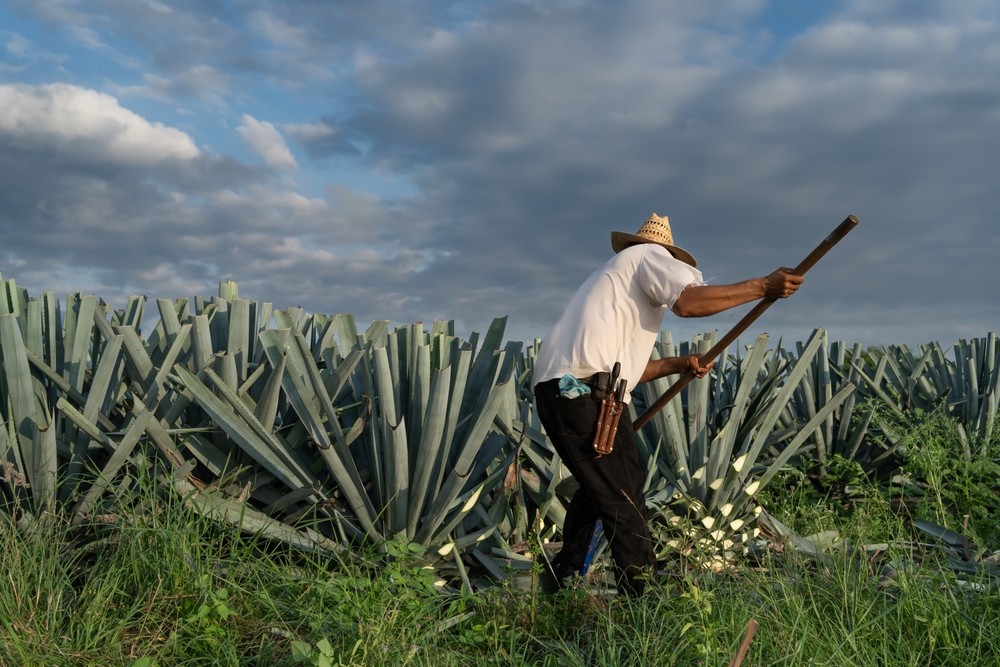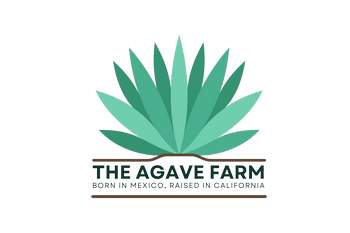Which Agave Is Best for Mezcal? Exploring Regional Varieties
Which Agave Is Best for Mezcal? Exploring Regional Varieties
Author
fotex
Share
Author
fotex
Share

Mezcal’s rich complexity comes from the agave plant, with different species contributing unique flavors, aromas, and textures. Whether you are producing mezcal on a small scale or looking to refine your craft, understanding the characteristics of traditional agave varieties can help shape the final product. Each type of agave brings something distinct, influenced by the region where it is grown, the soil, and the climate. Some varieties produce smoky, earthy undertones; others offer floral, fruity, or herbal notes. Knowing which agave works best for your mezcal will enhance the spirit’s depth and allow you to appreciate the traditions and artistry behind its production.
Key Agave Varieties and Their Flavor Profiles
The most well-known agave for mezcal is Espadín, making up the majority of production due to its high sugar content and adaptability. It creates a well-balanced mezcal with smoky, sweet, and slightly spicy notes, making it an excellent choice for both sipping and cocktails. If you’re seeking a bolder profile, Tobalá delivers intense complexity with floral, citrus, and herbal flavors. This wild agave is smaller and takes longer to mature, contributing to its rarity and depth of character. Tepeztate’s vibrant and peppery taste stands out, often featuring vegetal and mineral tones. Because it grows on rocky slopes and matures over decades, the resulting mezcal tends to have a concentrated and earthy intensity. Madrecuishe and other Karwinskii agaves bring dry, woody notes, often with hints of fresh herbs and a lingering spice, adding another dimension to mezcal’s range of flavors.
The Influence of Region on Agave Flavor
Where the agave is grown plays a significant role in its final taste. Mezcal from Oaxaca, where Espadín thrives, is typically smooth with balanced smokiness, while Durango produces mezcal with wild Cenizo agave, giving it an earthy and mineral-rich essence. Puebla is known for its Tobalá and Tepeztate, resulting in mezcals with floral, tropical, and sometimes slightly menthol-like qualities. In Guerrero, Cuishe and Cupreata agaves create mezcal with bright, citrus-forward flavors and a crisp, refreshing character. Each region’s soil composition, elevation, and climate impact the way the agave grows and ferments, making every bottle a true reflection of its origin. Understanding these regional influences allows you to experiment with flavors and find the perfect fit for your mezcal production.
Choosing the Right Agave for Your Mezcal
If you decide which agave to use, consider the balance between availability and flavor profile. Espadín offers consistency and versatility, making it a reliable foundation for mezcal production. For those looking to explore wilder, more nuanced flavors, Tobalá or Tepeztate provide exceptional depth, though they require more patience due to their long growth cycles. If you prefer a mezcal with drier, spiced characteristics, Karwinskii varieties like Madrecuishe might be the right choice. Experimenting with different agave species can help refine your craft and create a mezcal that stands out. Blending different agaves is another approach, allowing you to combine the strengths of each type to craft a truly unique spirit.
Elevating Your Craft with Quality Agave
Every bottle of mezcal tells a story of tradition, terroir, and craftsmanship, and choosing the right agave is a crucial part of that journey. At The Agave Farm, every process step is designed to ensure your production reaches its full potential. Whether refining an existing recipe or starting a new batch, sourcing the highest-quality agave will make all the difference. By working with agave that enhances the richness of your mezcal, you create something truly unforgettable—an experience captured from the fields to the glass.

